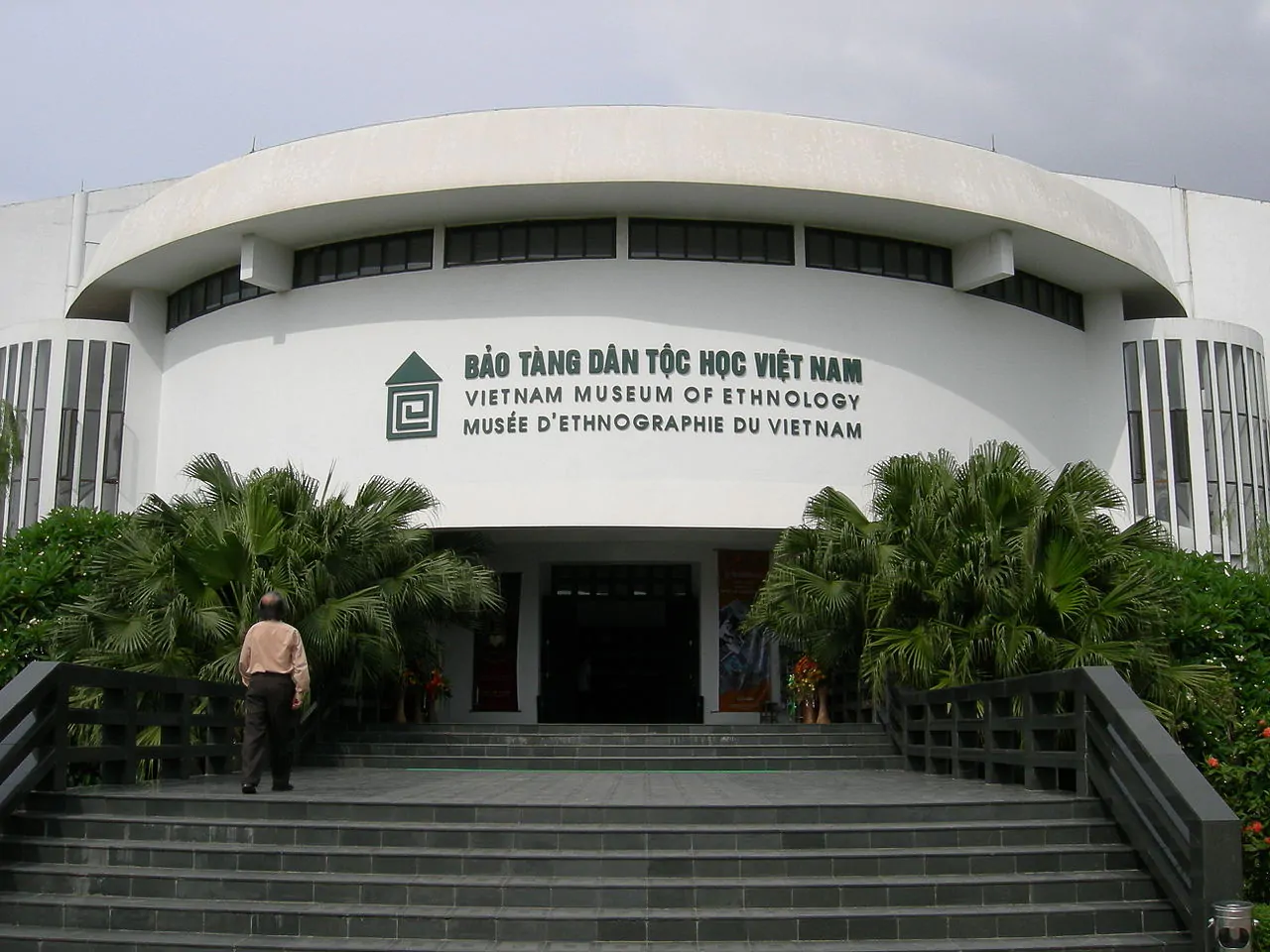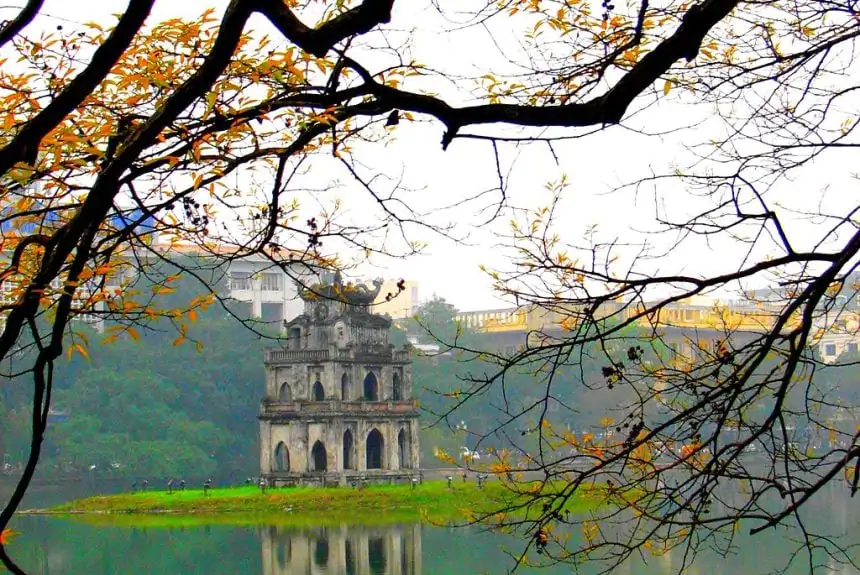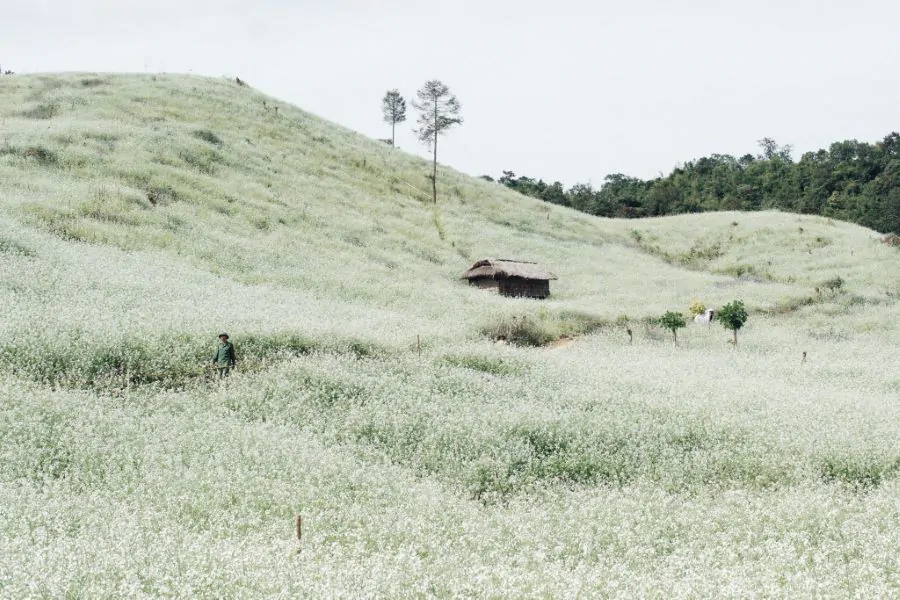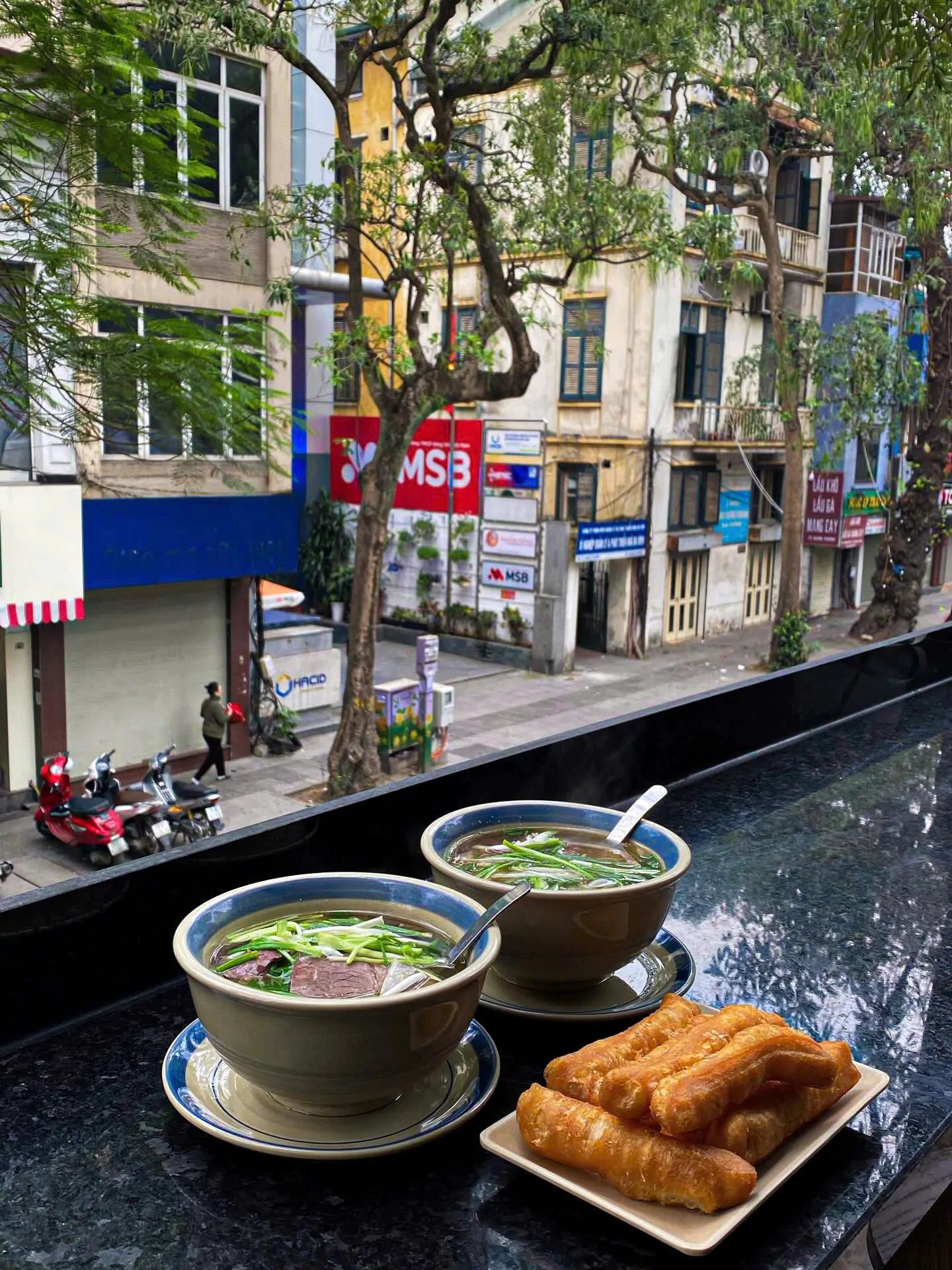Ba Đa Pagoda (15th Century?) (Vietnamese: Chùa Bà Đá, also known as Linh Quang Pagoda)
Bà Đá Pagoda, located on the western shore of Hoan Kiem Lake in the southern part of Nhà Thờ Street, is discreetly surrounded by modern and colonial-era buildings and is hardly visible from the street, except for an unassuming entrance as seen in the initial images.

Many believe the pagoda was founded in 1056 during the reign of King Lý Thánh Tông. A year later, the king ordered the construction of the much larger Báo Thiên Tower in the same area, which existed for centuries until it was abandoned during the later Lê dynasty (16th-18th century). The French dismantled the remnants in the 1880s to make way for St. Joseph’s Cathedral. However, according to William S. Logan, the pagoda’s actual origin dates back to the 15th century. This timeframe is likely based on legend, which tells that during the reign of King Lê Thánh Tông (1460-1497), villagers near Báo Thiên Tower (near the current location) discovered a stone statue of a woman while digging near Thanh Long Citadel (alternatively, Pelzer suggests the statue was found during the reconstruction of a damaged temple during an external invasion). Considering this a good omen, they built a temple here and named it Bà Đá Pagoda in honor of the statue. However, there are no contemporary descriptions of the statue, and the original may have been lost in the 1790s during the Tây Sơn Rebellion, when a fire accidentally spread to the temple, destroying it.
The temple seems to have continued to be used after the fire, possibly through temporary structures. It was only in 1847 that it was rebuilt with more durable materials, with subsequent renovations in the late 19th century. Some artifacts from this period, such as two bronze bells cast in 1873 and 1881, and a bronze plaque consecrated in the 1840s, still exist.
Currently, although the pagoda is actively used and open to the public for visits, it also serves as the headquarters of the City Buddhist Association. Because the pagoda is set back from the street and is not easily visible to passersby, it is significantly less crowded compared to other historical sites in the surrounding area. Like many Buddhist temples in Vietnam, its main structure is arranged in the shape of the Chinese character “工,” with a front hall featuring statues of the Buddha and various disciples, with local deities placed behind.

























